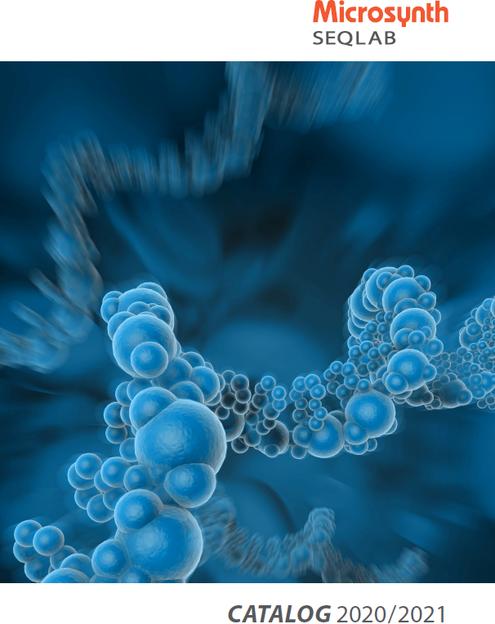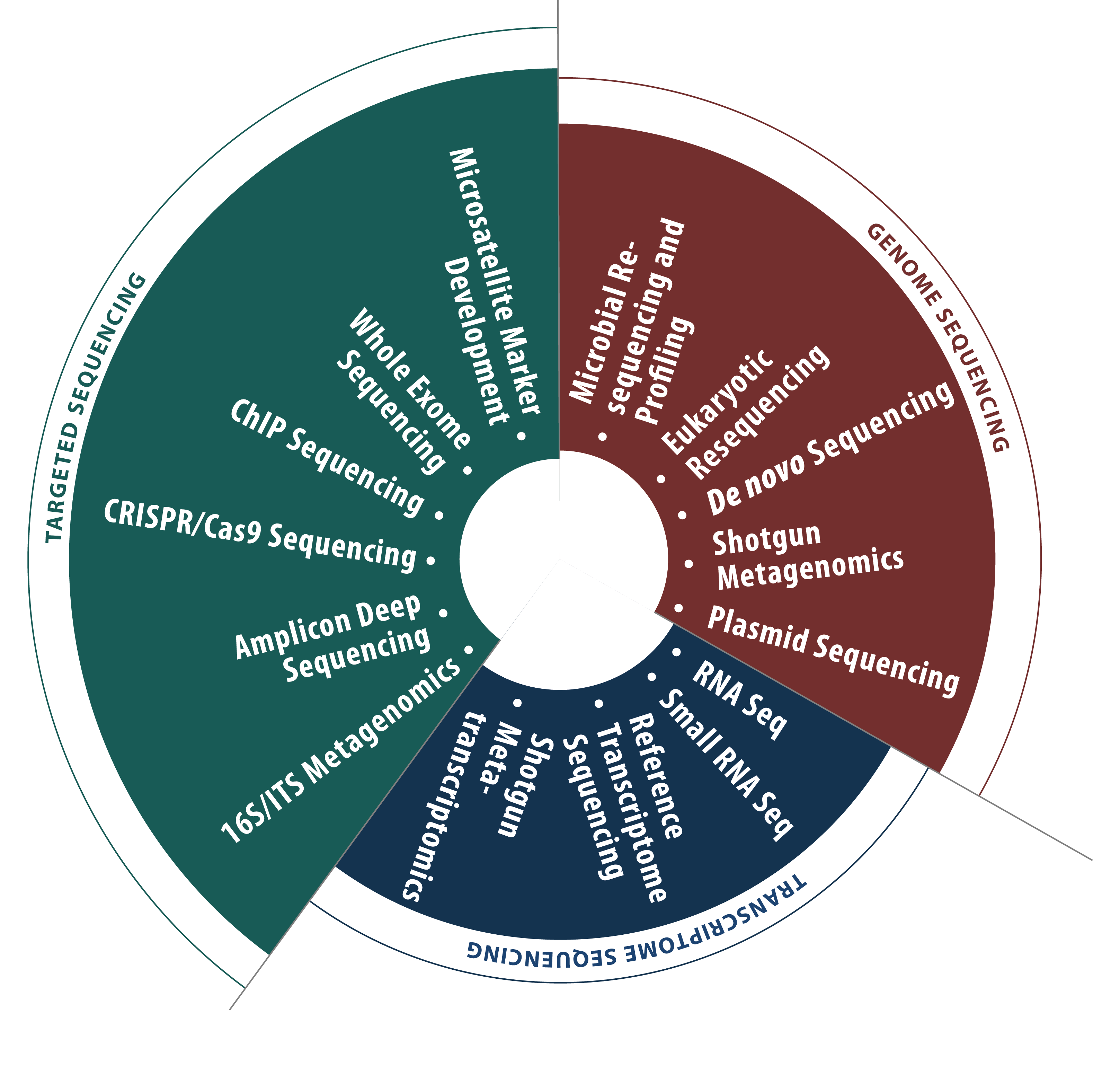

These findings from a basic cell culture model establish prominent sex-based differences and suggest a novel mechanism involved in the differential response of OPCs towards oxidative stress. Both Nup133 and ERα regulate mitochondrial function and oxidative stress response by transcriptional regulation of Nrf1. The female cells may be rendered resistant due to synergistic protection via the estrogen receptor alpha (ERα) which was upregulated following hyperoxia in female but not in male cells. We show that nuclear respiratory factor 1 (Nrf1) is a direct downstream target of Nup133 and that Nrf1 mRNA declines following hyperoxia in male but not in female cells. Nup133 protein level declined following hyperoxia in male but not in female cells. We identify Nup133 as a novel target protein affected by hyperoxia, whose inverse regulation may mediate this differential response in the male and female cells. This impairment of maturation was accompanied by the downregulation of nucleoporin and nuclear lamina proteins in the male cells. CNPase protein level was found to decline following hyperoxia in male but not in female cells. We demonstrate that oxidative stress severely affects cellular functions related to energy metabolism, stress response, and maturation in the male-derived OPCs, whereas the female cells remain largely unaffected. Hence, using mouse-derived primary oligodendrocyte progenitor cells (OPCs), we investigated the molecular factors and underlying mechanisms behind the differential response of male and female cells towards oxidative stress.

But unfortunately, we still lack a clear view of the molecular mechanisms that lead to such a profound difference. Sex is therefore being widely considered as one of the major decisive factors for prognosis and treatment of these infants. Hyperoxia is a well-known cause of cerebral white matter injury in preterm infants with male sex being an independent and critical risk factor for poor neurodevelopmental outcome. We labeled maltodextrin oligomers by reductive amination, separated the products by electrophoresis, and demonstrated their high brightness in a commercial DNA analyzer and the distribution of the emission signal among the detection channels. 1‐Aminopyrenes decorated with the new sulfonamides have three or six negative charges (pH ≥8), low m/z ratios, high mobilities in an electric field, and yellow to orange emission. The new sulfonamides, including O‐phosphorylated (3‐hydroxyazetidine)‐N‐sulfonyl, are negatively charged electron acceptors and auxochromes.

Their glycoconjugates with reducing sugars were separated and detected at sub‐picomolar concentration by multicolor emission in a DNA analyzer (see picture).Ī compact and negatively charged acceptor group, N‐(cyanamino)sulfonyl, is introduced for dye design and its influence on the absorption and emission spectra of the “push–pull” chromophores is demonstrated with 1,3,6‐tris‐8‐aminopyrene. Negatively charged electron acceptors and auxochromes? New sulfonamides make it possible! 1‐Aminopyrenes decorated with the new sulfonamides had low m/z ratios and high mobility in an electric field. These and additional conservation genetic workflows will hopefully foster the routine use of genetic methods in conservation management. Using the two workflows does not involve academic research institutes they can be applied by environmental consultancies, laboratories from the private sector, governmental agencies or non-governmental organisations. Its statistical analyses encompass the detection of genetic groups and historical, recent and current dispersal and gene flow. The second workflow studies connectivity among populations using microsatellite markers. This workflow also discriminates the morphologically similar water frogs (Pelophylax sp.) and other closely related species (e.g. One workflow deals with the identification of pond-breeding amphibians based on metabarcoding and environmental DNA (eDNA) from water samples.
Microsynth primer manual#
The manual also provides a detailed interpretation help for the implementation of the results in conservation management. The workflows were optimized for work load and costs and are accompanied by an easy-to-read and richly illustrated manual with guidelines regarding sampling design, sampling of genetic material, necessary permits, laboratory methods, statistical analyses and documentation of results in a practice-oriented way.

We present a conservation genetics tool kit, which offers two ready-to-use workflows for the routine application of genetic methods in conservation management.


 0 kommentar(er)
0 kommentar(er)
